- 11 Historic Wildfires That Changed Fire Management Data Reveals - October 4, 2025
- The 1883 Krakatoa Event And Its Global Weather Effects Records Show - October 2, 2025
- How Scientists Use Climate Models To Forecast The Future - October 2, 2025
Ditch Single-Use Plastic Bags for Reusable Alternatives
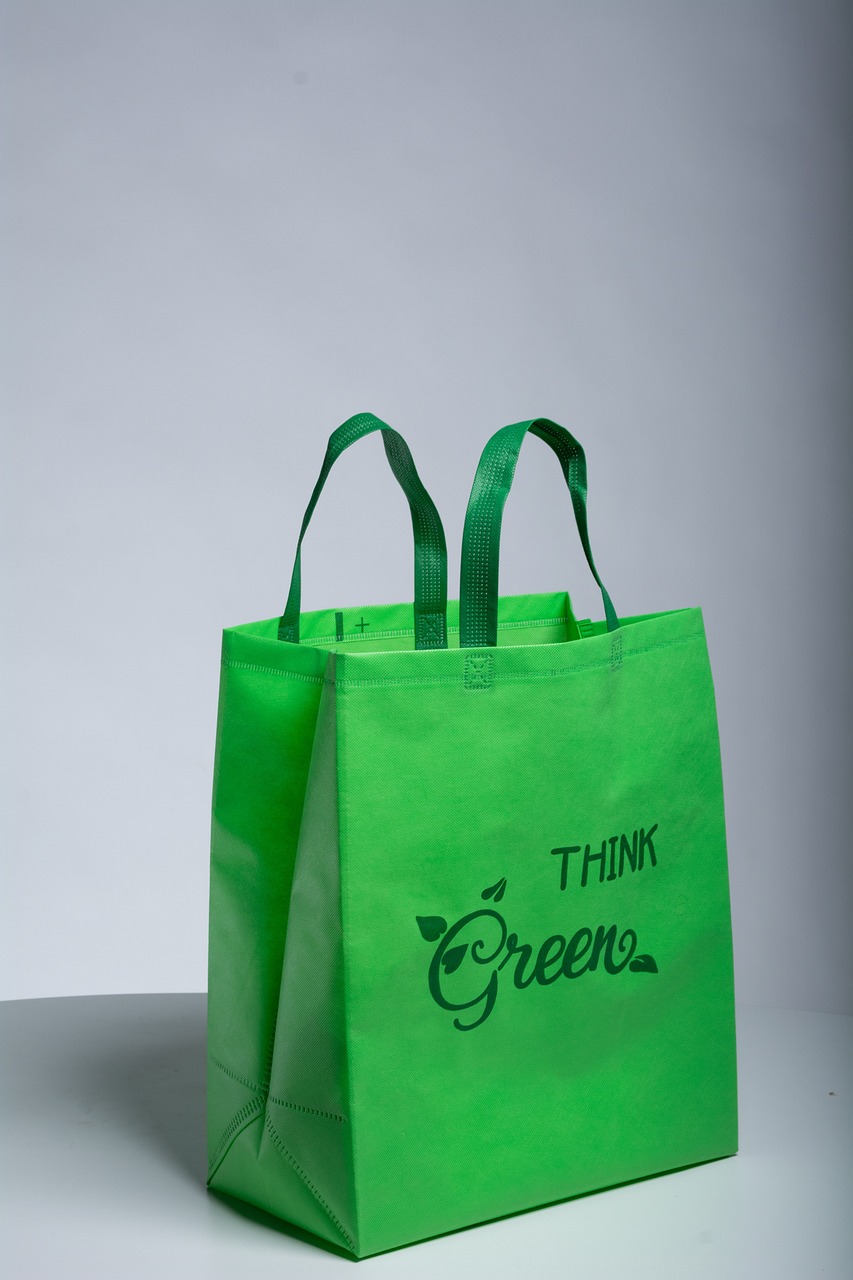
Think about how many plastic bags you throw away each week – it’s probably more than you realize. Plastic bags are a major contributor to kitchen waste. Instead, make the switch to reusable options that are just as convenient and only need to be purchased once. Silicone reusable storage bags are a versatile and durable alternative that can be used for anything from storing leftovers to packing snacks. Beeswax wraps are another great option, offering a sustainable way to cover bowls or wrap food. Your wallet will thank you too – one set of reusable bags can replace hundreds of disposable ones over their lifetime.
Replace Paper Towels with Washable Cloth Rags
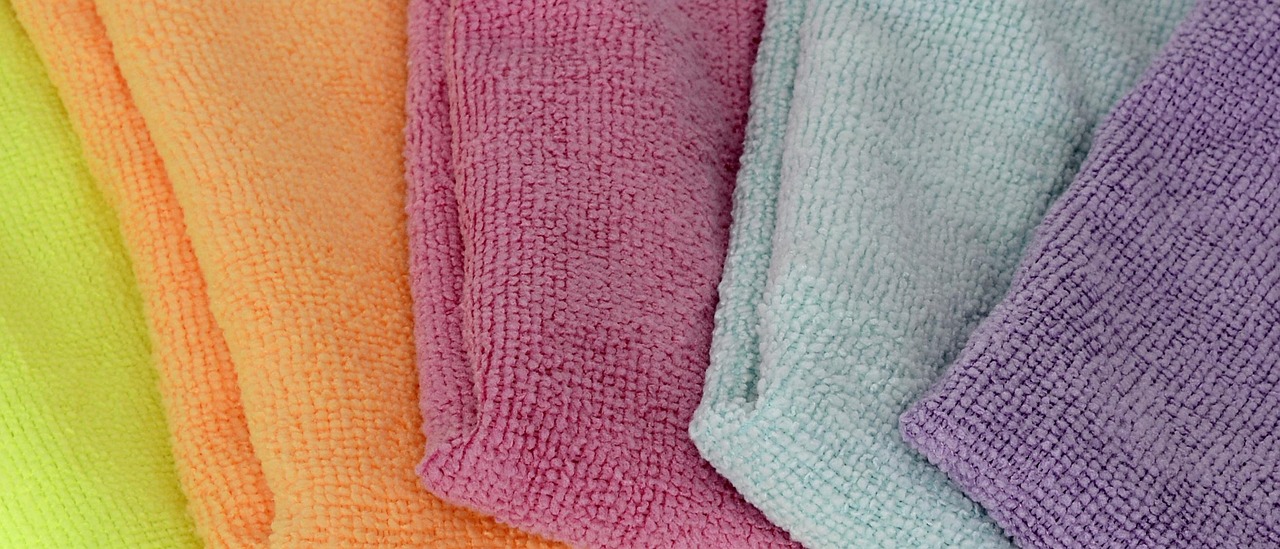
Instead of reaching for a roll of paper towels, use cloth rags to clean up spills and messes. Give old clothes or towels new life and keep them out of the landfill by turning them into kitchen cloths and rags. Cloth rags are washable, reusable, and much more durable than paper towels, making them a very practical and sustainable kitchen swap. I’ve been using old t-shirts as cleaning rags for years, and they work better than paper towels for most spills. Plus, you can toss them in the washing machine and use them again – it’s like getting a paper towel that never runs out.
Switch to Refillable Glass Containers for Cleaners
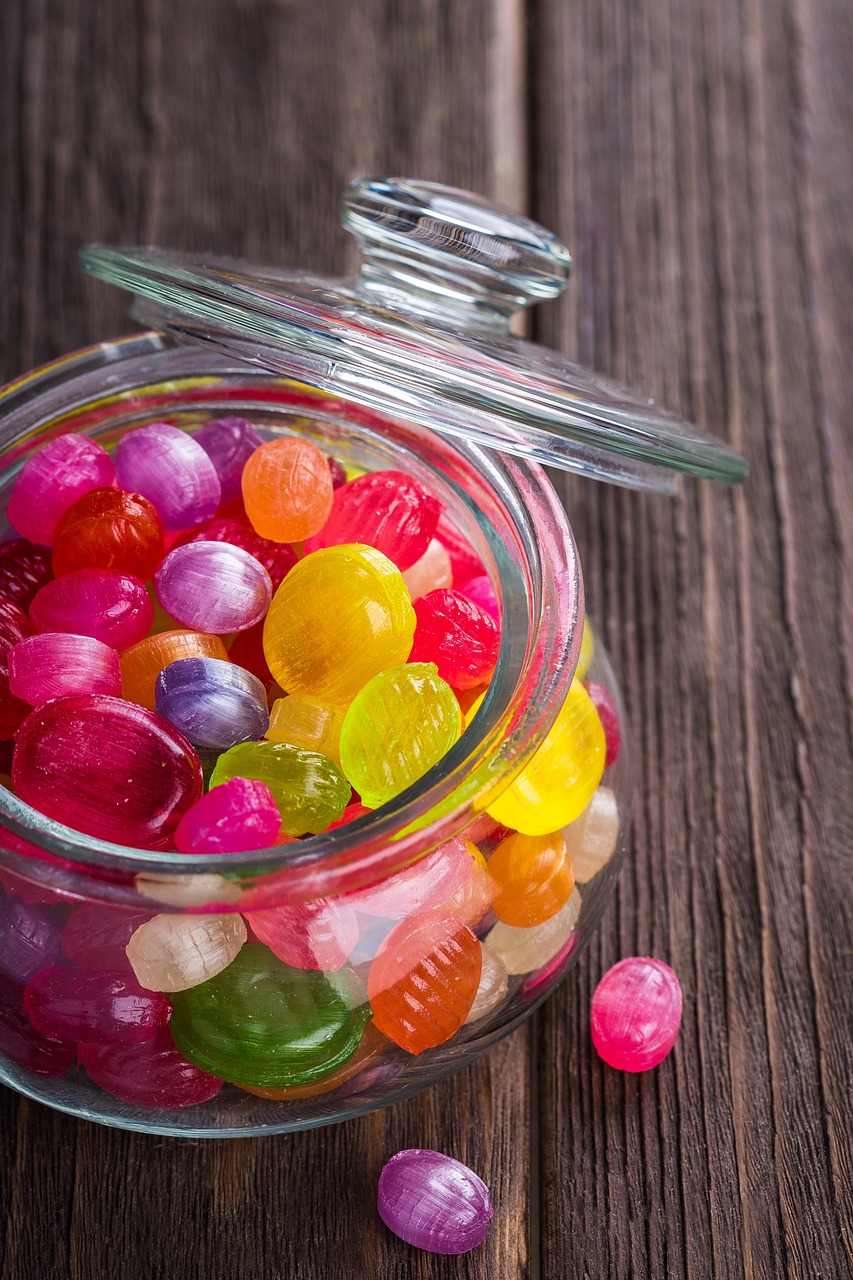
Many kitchen cleaners come in plastic bottles that contribute to environmental pollution. A more sustainable option is to purchase cleaning products in bulk and store them in glass jars. Glass jars are not only reusable but also more aesthetically pleasing, adding a clean, organized look to your kitchen. Many grocery stores now offer bulk sections where you can refill containers with dish soap, laundry detergent, and other household cleaners. This approach cuts down on packaging waste while often saving money since bulk products typically cost less per ounce.
Trade Traditional Sponges for Biodegradable Ones
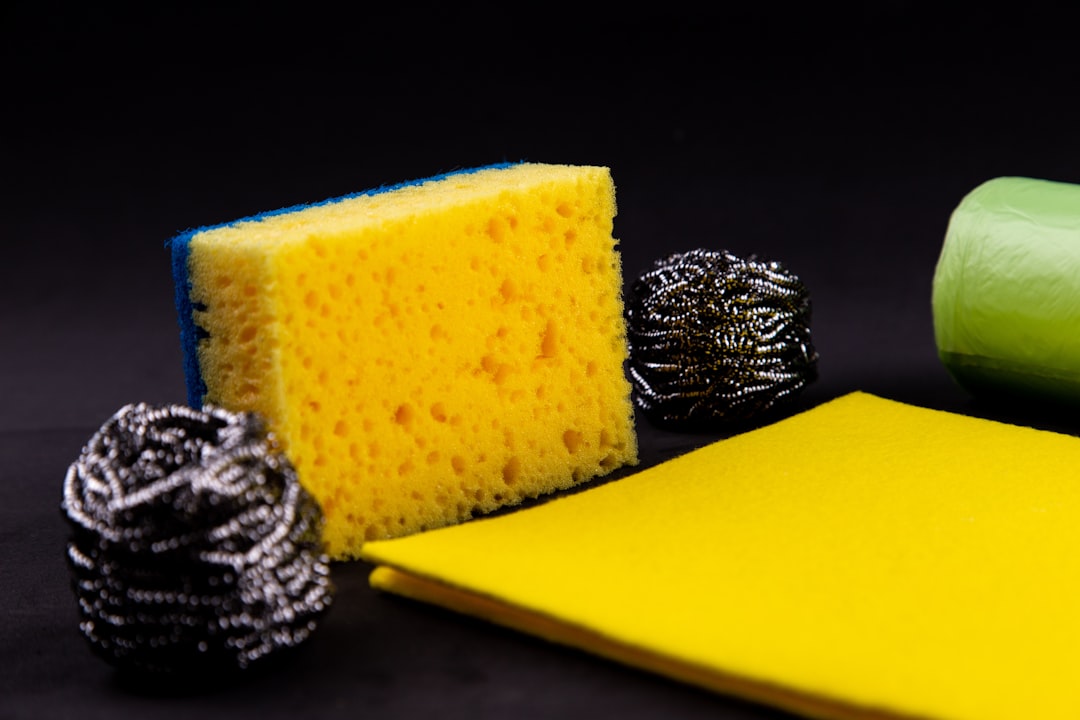
Traditional kitchen sponges are often made from synthetic materials that don’t break down easily. A better alternative is vegetable cellulose sponges, which are biodegradable and compostable. These sponges are just as effective for cleaning and are gentle on the environment. By making this swap, you can reduce plastic waste and keep your kitchen green. When your biodegradable sponge reaches the end of its life, you can literally throw it in your compost bin instead of adding to landfill waste.
Choose Reusable Plates and Utensils Over Disposables

The first step toward a sustainable kitchen is to eliminate single-use plates and utensils and replace them with reusable items. Ceramic, glass, and wood are excellent choices that reduce waste and add a touch of elegance to your dining experience. Because these materials are so durable, you may never have to replace these items. For example, our wooden kitchenware will last decades with the right care—our handcrafted pieces may even become family heirlooms! Consider the massive impact: If you really want to be environmentally conscientious, bring your own containers to take home leftover food. You’ll be doing your part in reducing the 150 million tons of single-use plastic that we use – and discard – every year.
Upgrade to Energy-Efficient Appliances
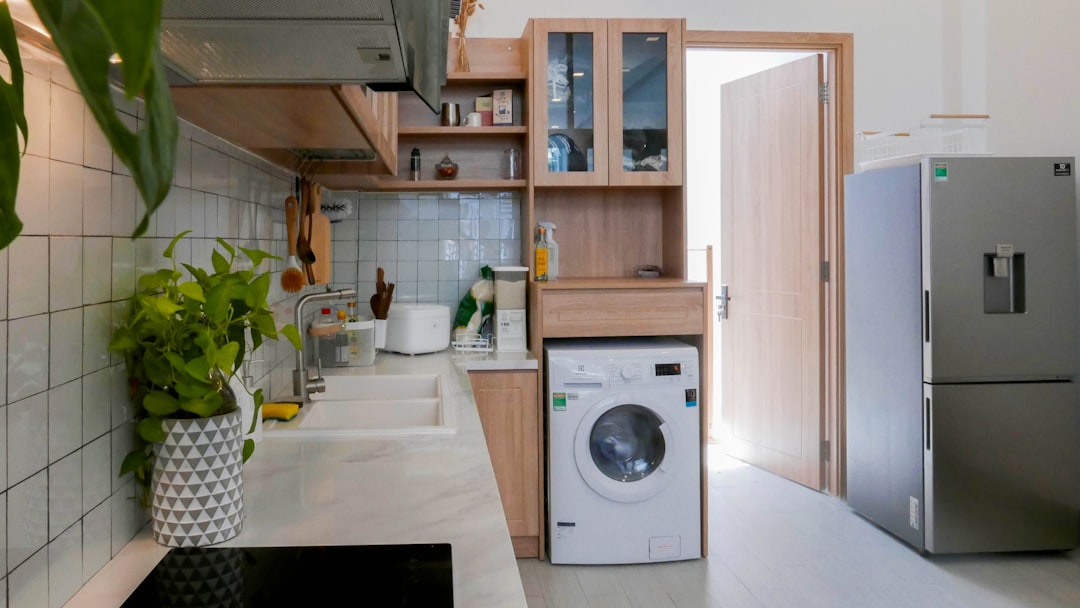
According to Energy Star, when you properly recycle your old refrigerator and replace it with an Energy Star certified fridge, you can save more than $160 and reduce your carbon footprint by 4,000 pounds of carbon dioxide over the product’s lifetime. According to the U.S. Department of Energy, an old refrigerator uses about 35 percent more energy than an Energy Star certified model. A standard-sized Energy Star certified dishwasher costs about $50 a year to run, per Energy Star, and can save about 5,800 gallons of water over its lifetime. Appliances can account for more than 20% of home electric usage, so if you’re looking to cut energy costs, it’s smart to choose energy-efficient models when it’s time for a replacement.
Install Water-Saving Fixtures
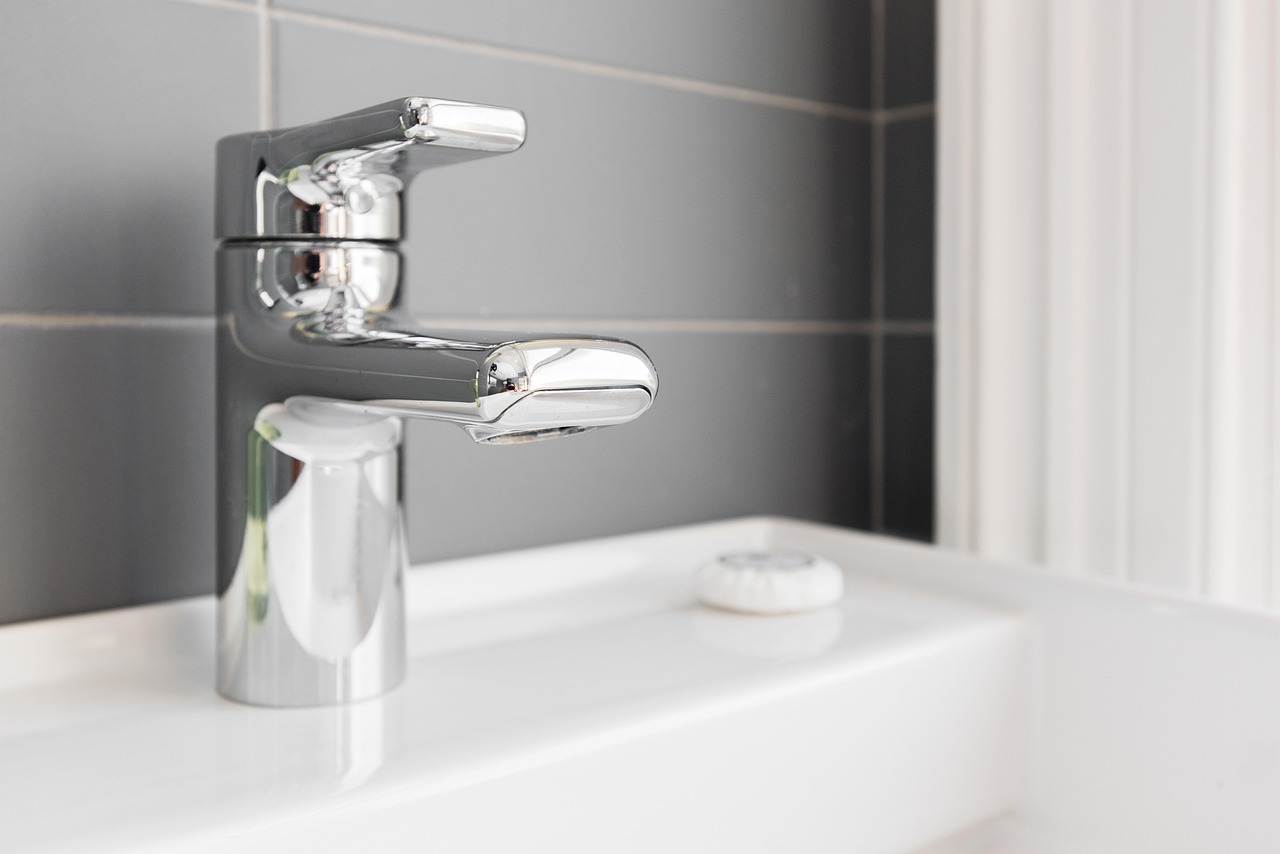
Look for the WaterSense certification logo on plumbing fixtures. These products are certified to use 20% less water compared to similar items. WaterSense is a program created by the EPA to certify water-efficient plumbing devices like faucets, showerheads and sprinklers. These products can save hundreds of gallons of water each year. Even simple changes like fixing leaky faucets and installing low-flow aerators can make a significant difference. And try to avoid overfilling the kettle and save yourself £10 a year in GB and £12 in NI on your electricity bill.
Embrace Bulk Shopping with Glass Jars
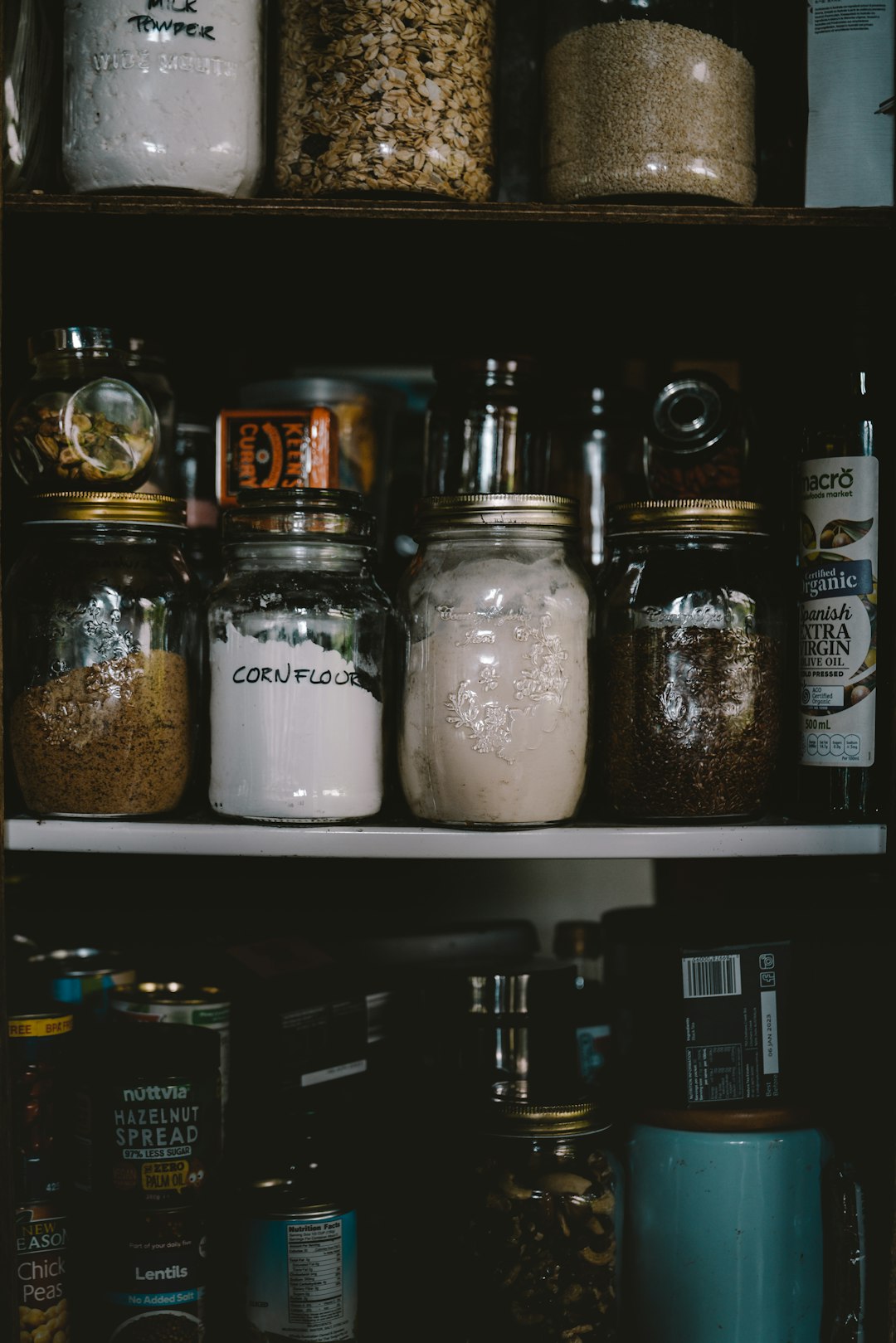
Additionally, consider reusing glass sauce, juice, or jam jars for storage—these are perfect for keeping dry goods like rice, pasta, or spices. Shopping in bulk reduces packaging waste dramatically, and storing items in glass jars keeps them fresh longer than plastic containers. If you have been through our wonderful portfolio of kitchen projects, you will notice a common theme – Kilner jars. Designed to reduce the need to buy plastic, reduce the need for foil, wrap and ziplock bags. An investment worth making, plus they look ever so stylish on open shelving or in a larder. This swap not only looks Instagram-worthy but also reduces your weekly plastic waste significantly.
Switch to Induction Cooking
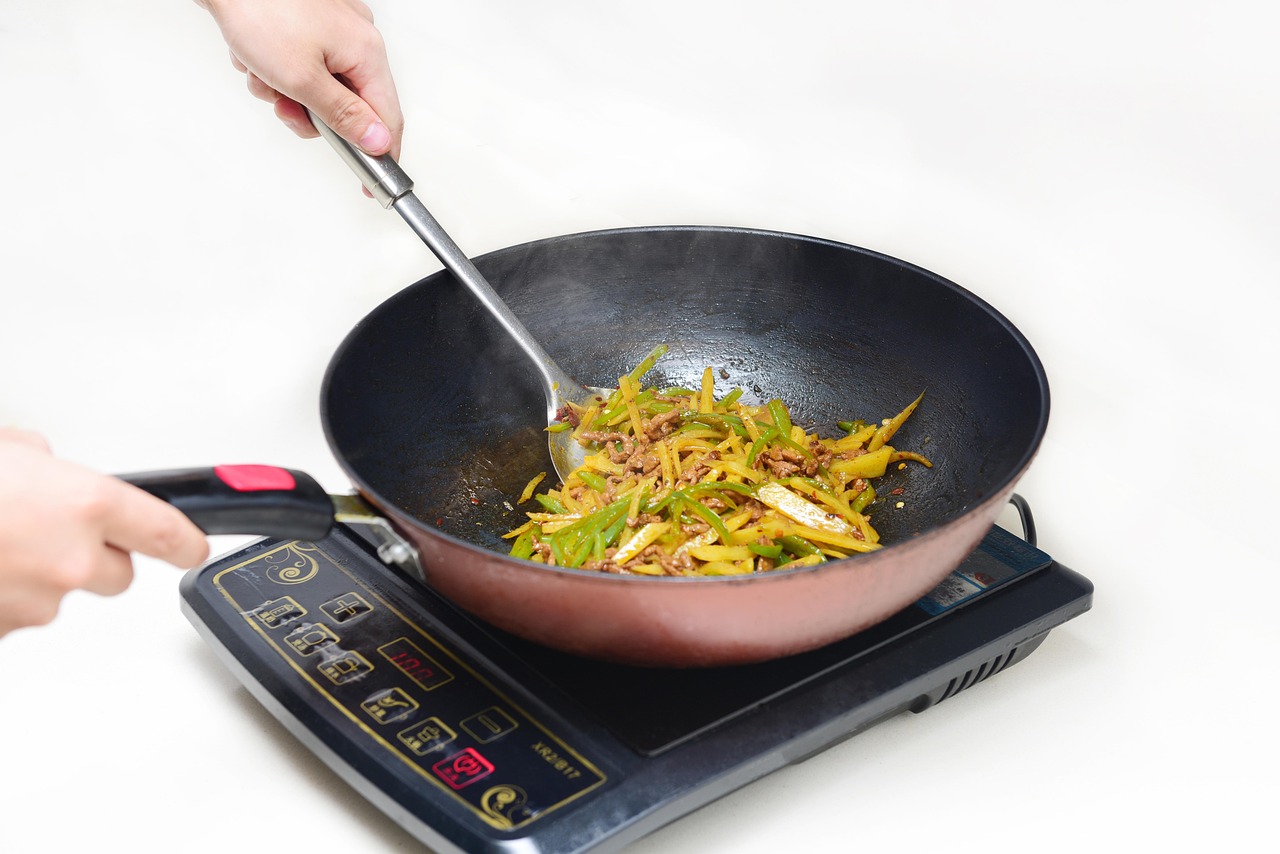
Think about swapping that gas hob to induction for a more energy-efficient outcome. According to Energy Star, induction ranges are a good way to improve your kitchen’s energy efficiency—they’re also routinely the top performers in our range tests. Using electromagnetic technology, these stovetops use about 15 percent less power than electric coil options. The elements also heat up water faster than even the most powerful electric and gas stoves. An electric stove is about three times more energy efficient than a gas stove, and an induction stove is even more energy efficient.
Optimize Your Cooking Habits
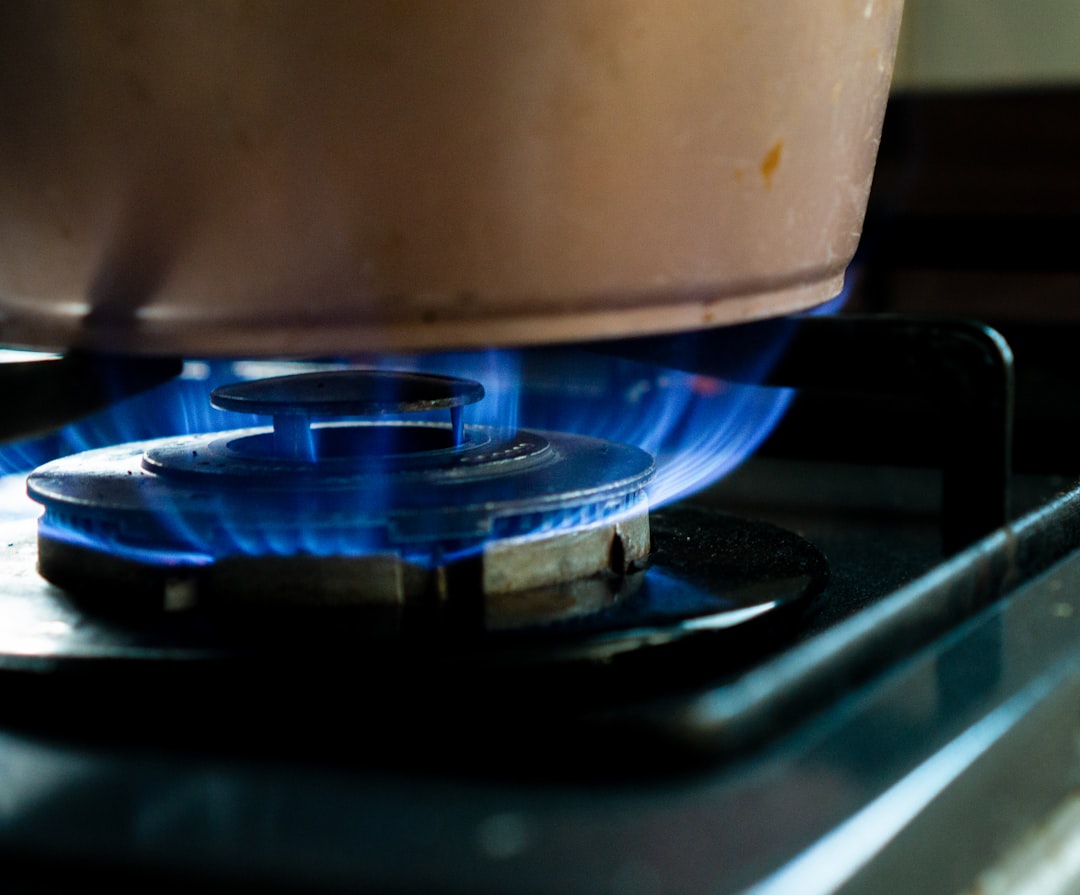
If you love your food as much as we do, cooking less might not be an option, but experimenting with raw foods and salads reduces oven time, and even one-pot meals use less energy, washing up and water. Easier fixes can be found by reducing oven time, with newer model ovens and air fryers there’s little need to preheat for a long period and can even be turned off 5-10 minutes before you have finished cooking and the residual heat will do the rest. It may be surprising, but in terms of energy, microwaves are more efficient and quicker at cooking than ovens as they only need to heat the food itself, not the air space inside. Small changes like matching pan sizes to burner sizes and using lids while cooking can cut energy use by up to 25%.
Conclusion
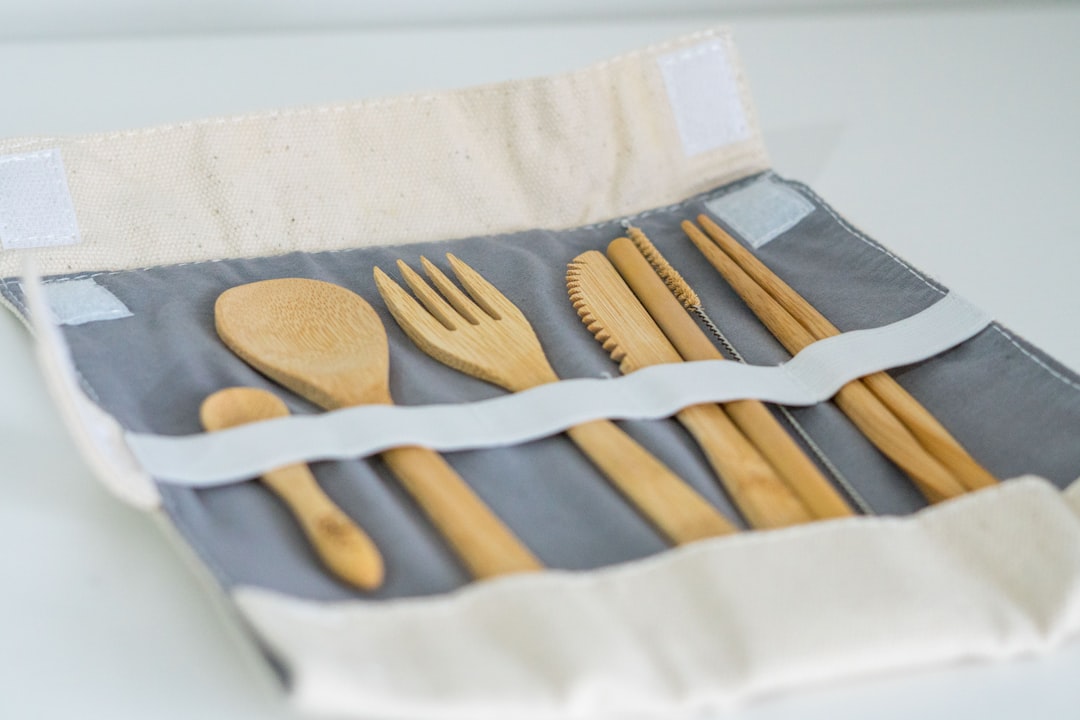
Making your kitchen more sustainable doesn’t require a complete overhaul or a massive budget. These ten simple swaps can dramatically reduce your environmental impact while often saving you money in the long run. A recent survey found that 52% of industry professionals say that demand for sustainability in the kitchen is growing, particularly among millennials. The environmental stakes are real: By 2025, global plastic waste is projected to reach 460 million tonnes annually, driven by increased consumption and inadequate recycling efforts. Start with just one or two changes that feel manageable, then gradually incorporate more as they become habits. Every sustainable choice you make contributes to a cleaner planet for future generations.
Remember, the most impactful changes are the ones you’ll actually stick with. Which of these swaps feels most doable for your lifestyle right now?

